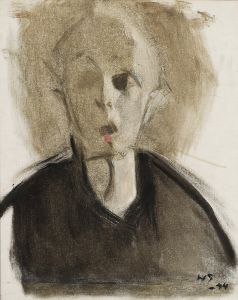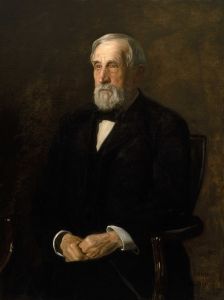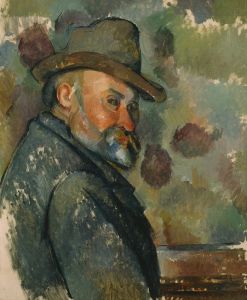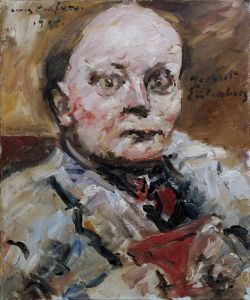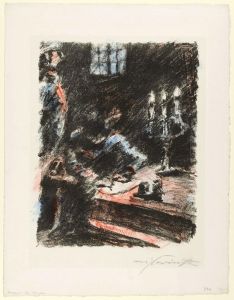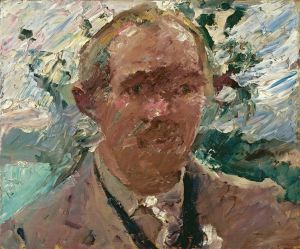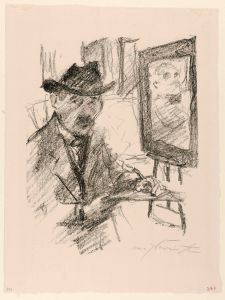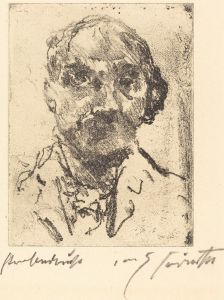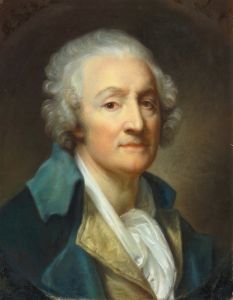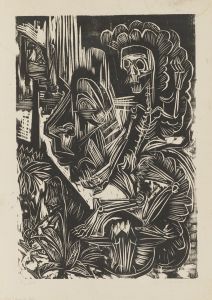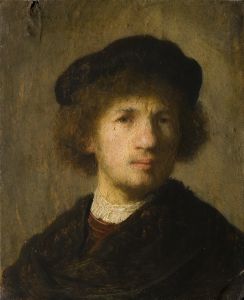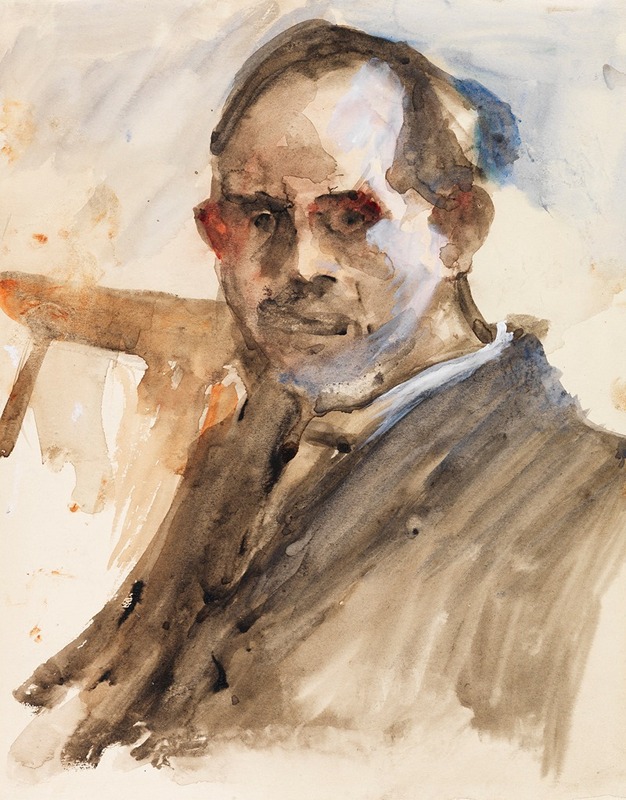
Selbstbildnis
A hand-painted replica of Lovis Corinth’s masterpiece Selbstbildnis, meticulously crafted by professional artists to capture the true essence of the original. Each piece is created with museum-quality canvas and rare mineral pigments, carefully painted by experienced artists with delicate brushstrokes and rich, layered colors to perfectly recreate the texture of the original artwork. Unlike machine-printed reproductions, this hand-painted version brings the painting to life, infused with the artist’s emotions and skill in every stroke. Whether for personal collection or home decoration, it instantly elevates the artistic atmosphere of any space.
Lovis Corinth, a prominent German painter and printmaker, is well-known for his contributions to the transition from Impressionism to Expressionism. Among his extensive body of work, Corinth created several self-portraits, known in German as "Selbstbildnis." These self-portraits are significant not only for their artistic merit but also for the insight they provide into Corinth's personal and artistic development over time.
Lovis Corinth was born on July 21, 1858, in Tapiau, East Prussia, which is now Gvardeysk, Russia. He studied art in Königsberg, Munich, and Paris, where he was influenced by various artistic movements and styles. Corinth's early work was largely rooted in the academic tradition, but he gradually embraced Impressionism, and later, Expressionism, which is evident in his self-portraits.
Corinth's self-portraits are notable for their emotional depth and technical skill. They often reflect his psychological state and his response to personal and historical events. One of the most famous of these is the "Self-Portrait with Skeleton" (1896), which is housed in the Städtische Galerie im Lenbachhaus in Munich. This painting is a striking example of Corinth's ability to blend realism with symbolic elements, as it features the artist confronting his own mortality, a theme that recurs in his work.
Another significant self-portrait is "Self-Portrait with His Wife" (1902), which is part of the collection at the Museum of Fine Arts in Boston. This painting showcases Corinth's mastery of color and composition, as well as his ability to capture the intimacy and complexity of human relationships. The inclusion of his wife, Charlotte Berend-Corinth, who was also an artist, adds a personal dimension to the work, highlighting the couple's partnership both in life and art.
In 1911, Corinth suffered a stroke that left him partially paralyzed on his left side. This event marked a turning point in his career and personal life, leading to a noticeable shift in his artistic style. His post-stroke self-portraits, such as "Self-Portrait with Straw Hat" (1923), reveal a more expressive and sometimes turbulent approach, characterized by bold brushstrokes and vivid colors. These works are often seen as a reflection of Corinth's resilience and determination to continue creating despite his physical limitations.
Throughout his career, Corinth's self-portraits served as a means of introspection and self-exploration. They document his evolution as an artist and provide a window into his inner world. Corinth's ability to convey emotion and character through his self-portraits has earned him a lasting place in the history of art.
Lovis Corinth passed away on July 17, 1925, in Zandvoort, Netherlands. His legacy endures through his extensive body of work, which continues to be studied and admired for its technical brilliance and emotional depth. Corinth's self-portraits, in particular, remain a testament to his skill and his enduring quest to understand and depict the human condition.





